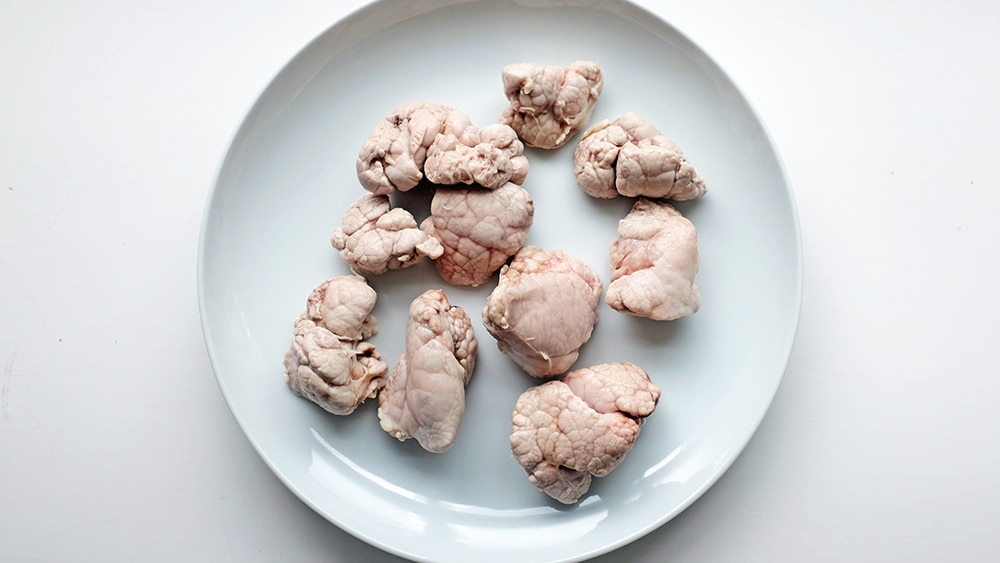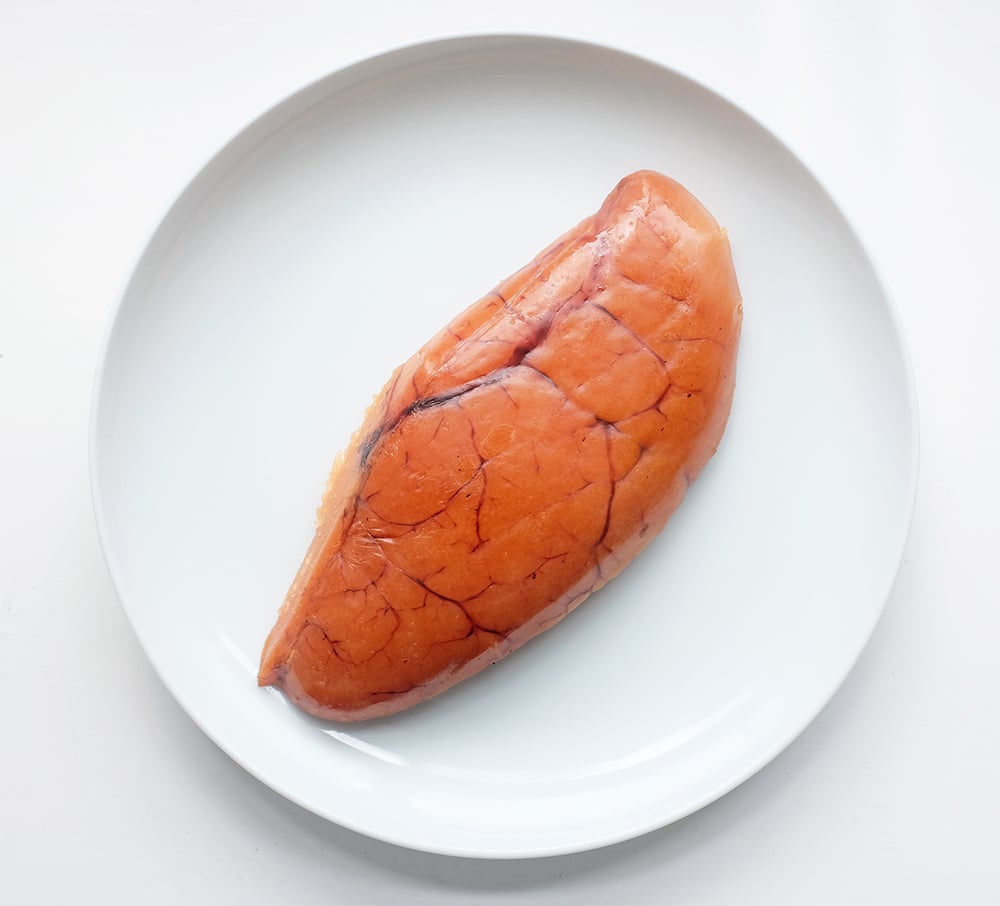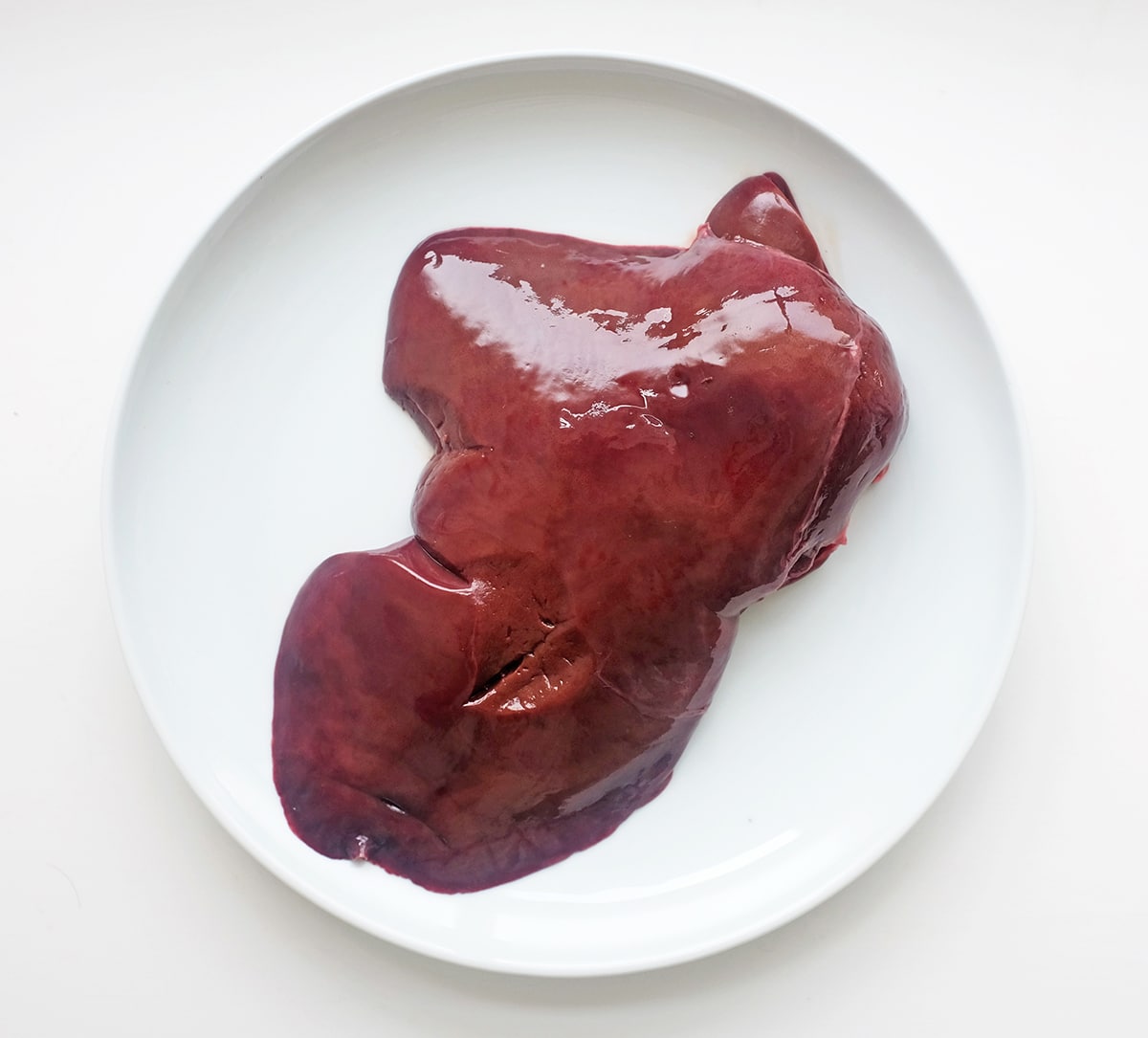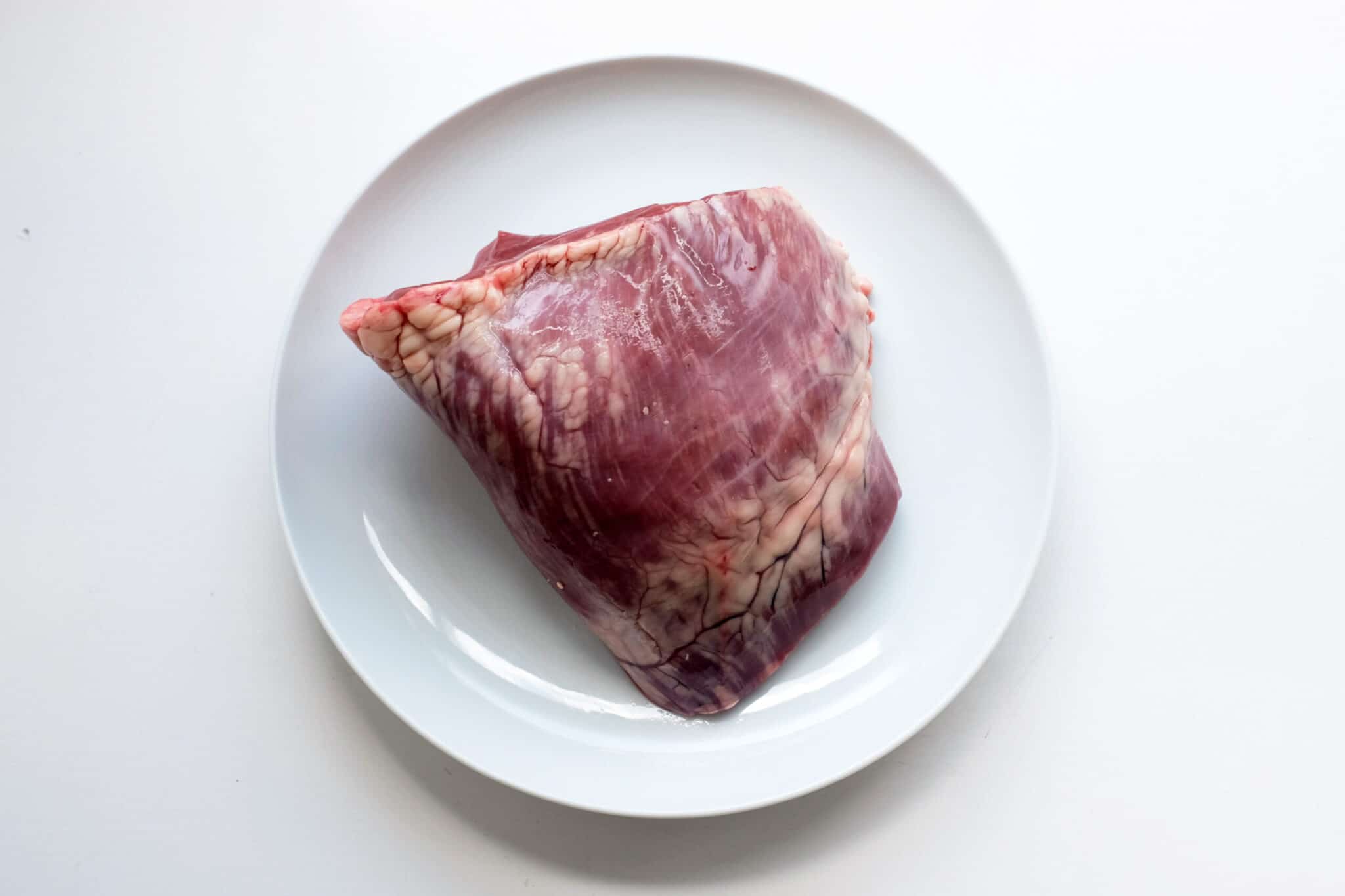The offal project: the unmentionables
Food writer and regular Borough blogger Ed Smith looks in depth at the offal available in the Market. This time: penis, testicles and sweetbreads


“FAR FROM BEING THE WORST EXPERIENCE OF MY LIFE, IT TURNS OUT THAT PENIS AND TESTICLES ARE ACTUALLY PALATABLE”
Image: Ed Smith
It was when I said “actually, I think I prefer penis to kidney” that I knew I could legitimately say I’ve eaten the bits that others might not stomach. Not least because this was to camera on a Channel 4 prime-time show.
Some context is required. Along with a few other ‘bloggers’, I was being filmed at the dinner table with Jimmy Doherty for a piece about offal to feature on Jamie and Jimmy’s Food Fight Club. We were fed three courses, each time without knowing what they were.
The first course involved meatballs braised in a rich tomato (and perhaps red wine?) sauce. It turned out that those balls really were, well, um, you know. The second was a pretty fantastic steak pie. Lovely suet crust. Intense, yielding pieces of beef. A deep, viscous, well-seasoned sauce. And tender, spongy, perfectly pleasant tasting sections of a bull’s most private part. For dessert? Candied cockscomb on top of chocolate and blood ice cream. Mmmmmmm.
Far from being the worst eating experience of my life, it turns out that penis and testicles are actually pretty palatable. Slightly wince-inducing if you overthink it, but good nonetheless. Which all serves, I hope, as a reasonably eye-catching introduction to the subject of this month’s offal project: the unmentionables.
Eating penis, testicles and sweetbreads. What the?
No need to introduce the function or look of the penis and testicles. More question marks surround the preparation and taste of them. For that, read further down the page. Suffice to say, though, that there aren’t masses of these long masses of vascular tissue and egg shaped glands on the market.
Animal husbandry leads to the removal of the nether regions, often because it’s believed animals taste better without the added complication of testosterone. If you do want to get hold of them, bull’s pizzle and lamb’s cahoonas are probably what you should ask for.
Sweetbreads, on the other hand, need further clarification. While they’re a relatively common sight in butchers’ counters or on restaurant plates, they remain a mystery to many. In fact, they are throat and pancreas glands taken from the neck or heart and stomach area of an animal, and were perhaps labelled ‘sweet’ as they’re a milder, less savoury flavour than rich lamb or beef.
I find them succulent, near creamy. I’ve no idea about the etymology of the ‘bread’ part. Perhaps stale bread soaked in milk or water and then fried bears some comparison to taste and texture.
Calves’ sweetbreads are the most prized – they’re really creamy and light in taste, smooth and velvety in texture. But lambs’ sweetbreads are most common, better value and, to my mind, a perfectly good option.
How to prepare and cook
Brace yourselves, gents.
The general approach to cooking a penis requires a number of stages of washing and cleaning and blanching and washing and cleaning and blanching and chopping and then finally stewing/braising and perhaps some slicing and frying at the end.
The result for all that effort? If you’ve blanched and braised properly, then a relatively soft, near unctuous meat, but one without a huge amount of flavour.
For balls, no need to do the blanching bit. They’re good slow-braised, but also just cooked aggressively on a grill (charring and crisping the outer membrane) or breaded and deep fried. You know, for extra crunch. Their texture is a little like large fresh scallop. And lamb’s balls do taste pretty lamby. You might want some red wine to wash it down.
Sweetbreads need to be soaked in cold water for an hour or so before cooking. This helps to remove much of their fairly obnoxious odour. Then you blanch them for five or 10 minutes, before plunging into cold water and peeling membrane and any fat from the outside.
Finally, the drained and dry sweetbreads just need to be fried, quite aggressively, so that they get a nutty and sweet brown edge, while remaining tender and relatively mild inside.
Classic uses and recipes to look out for
It’s an understatement to suggest that penis doesn’t have a particularly prominent place in western cuisine. There’s lots of love for it throughout Asia, though.
My normal reference for authentic Chinese cuisine is Fuchsia Dunlop, who initially immersed herself in Chengdu and Sichuanese cuisine, and is now an authority on many other regions too. She’s a recipe for Chongqing penis soup, which involves about 10 hours of stewing, goji berries, Sichuan peppers and Shaoxing wine.
Korea is another country that cooks quite a lot of pizzle (I’m told this is actually how they refer to it). Sadly, the most authentic and best Korean cookbook I have, Our Korean Kitchen, by Jordan Bourke and Rejina Pyo doesn’t include any recipes though.
Testicle recipes are even harder to come by. None of my 200 or so books seem to refer to them – not even Fergus Henderson’s Nose to Tail. However, after some research I’ve found that there is a whole cookbook devoted to them. So if you want to seek it out: Cooking with Balls, by Serbian chef, Ljubomir Erovic. Battered testicles, testicles pizza, goulash with stallion testicles… it’s all in there.
And so to sweetbreads, which I suspect hold more interest. There are lots of examples of sweetbread recipes in classic French cooking. For example, Elizabeth David has two recipes for veal sweetbreads in French Provincial Cooking: larded and braised with cream and mushrooms, or braised then fried, and finally “united with sorrel at the moment of service”.
Spankingly fresh
Simon Hopkinson is the person to turn to in times like these, though. Sure enough, Roast Chicken and Other Stories, includes ris de veau aux morilles (“one of the richest dishes it is possible to eat”); breadcrumbed veal sweetbreads with tartare sauce; and blanquette of lamb’s sweetbreads. Hopkinson advises buying lamb’s sweetbreads as spankingly fresh as possible. Which is absolutely correct.
In Modern Cookery for Private Families (1845), Eliza Acton suggested Victorian cooks either stew the heck out of sweetbreads and serve with maitre d’hotel sauce (made from lobster corral), or batter them.
I have to say I prefer the more modern British approach of blanching and then browning in nutty butter, and serving with something fresh and lively like grilled gem lettuce, wild garlic or sorrel purée. Elliot’s at Borough Market is somewhere you might find sweetbreads being cooked.
I suspect that if I (or you) asked nicely, any of the butchers at the Market could get their hands on the private parts of a pig or lamb or bull.
Simple and decent
But for all the bravado so far, when push came to shove and I started thinking about what to cook for this post, I realised I actually just fancied keeping things simple and decent, and plumped for sweetbreads. These are a more accessible prospect than penis and testicles, both in terms of getting others to eat them with you, but also tracking them down.
In fact, Ginger Pig almost always has a pot of lamb’s glands in the counter facing into the Market, the one that also contains calf’s liver and lamb’s kidneys (it’s a veritable treasure chest of offaly delights).
What to have with these glands? I decided that, as it’s summertime, the sweetbreads would be the warm, almost buttery part of a fresh, colourful, sharp and peppery salad.
Citrus cuts through the richness of offal, so some bright green sorrel leaves stood out as a basis for the dish. It’s good to contrast offal like this with fiery flavours too (mustard is a common condiment), and I decided on some peppery breakfast radishes as a way to raise the nostril hairs, and to add a striking colour to the mix.
A coalition of vibrant vegetables
I also felt that there should be fresh mint and chervil to lift things. And then added to that a coalition of vibrant vegetables, including fresh peas, mangetout and ribbons of yellow courgette, all of which are sweet and crunchy.
The result? It was a winner. The sweetbreads were bouncy, but also soft. A little metallic in taste, but still relatively mild, even sweet and particularly good when eaten on the same fork as the summery salad. The freshness and crunch of the peas and courgettes were also welcome alongside the texture of the offal. Give it a go!
Read Ed’s recipe for lamb sweetbreads, sorrel, herb & summer vegetable salad.


